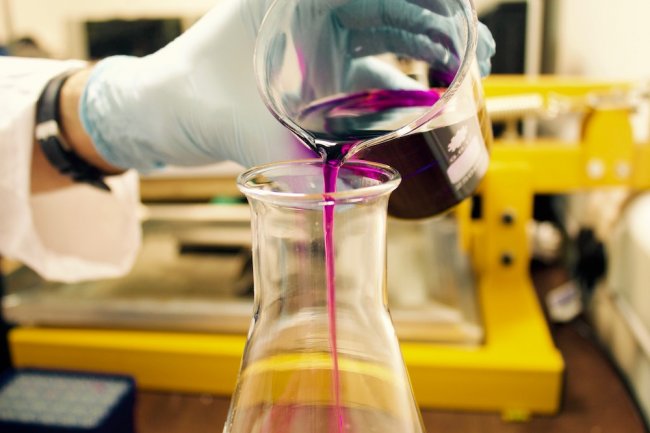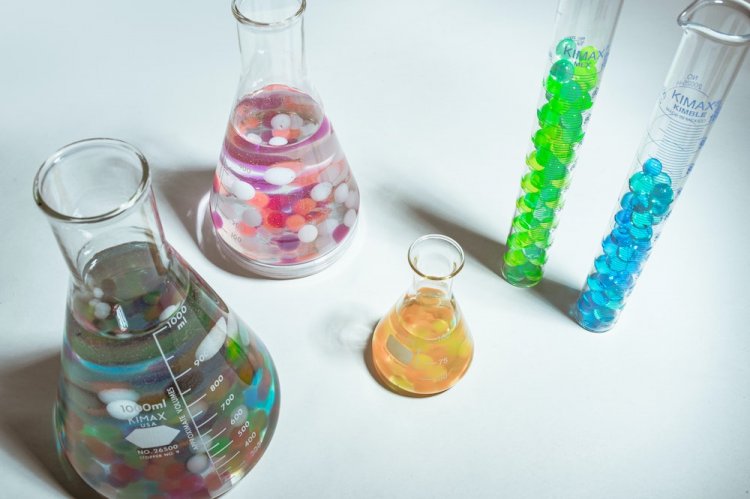For Parents
Five Cool Science Experiments Your Kids Can Conduct At Home
- Aug 22, 2022
- 0
- 1320

Simply said, science and the scientific method are techniques of expressing what is taking place in the world. As a result, even while a child who is interested in the subject may like STEM toys and science kits, you don't necessarily need to go out and purchase anything particular to continue STEM learning at home. The majority of the supplies required to complete these kid-friendly scientific activities most likely already exist in your cabinets and drawers. Therefore, use one of these suggestions the next time you need an indoor boredom-busting activity on a rainy day or a DIY project to keep kids occupied. Encourage them to start formulating hypotheses.
Here are five cool ideas for Science experiments that your kids can conduct at home.
1. Oxidation in an Apple
What works best for keeping an apple from turning brown? Test to determine! Apples can be cut into slices, and each slice can soak in a different liquid. After that, remove them, place them on a tray, and check their level of brownness every three, six, and so on minutes. Students can learn the scientific process while testing the qualities of several liquids and developing predictions about which liquids might be most useful.
2. Chromatography Patterns
Chromatography is the process of dissolving a substance into its component parts, such as the colours of marker ink. The water will go up the filter and divide the marker ink into its many colours if you draw stripes on a coffee filter, fold it up, and then dip the tip of the filter in water (in cool patterns that you can display as a craft project). By including an LED circuit in the middle, this family increased the brightness of the final product.
3. Inserting Pencils Through a Bag of Water
Children could assume that if you poked a sharp pencil into a bag of water, the water would all flow out. In reality, if you do it correctly, your counters will remain dry because the plastic polymers in the bag will reseal around the pencil (and your kids will be amazed). You might encourage kids to consider the chemical components of commonplace products.

4. Sundial
One of the science experiments that requires the least preparation is making a DIY sundial: All you need is a paper plate, a marker, and a dowel or sturdy pole. You can easily introduce the topic of the Earth's rotation by noting where the shadow of the dowel is each hour. Check your sundial's accuracy the following day while playing outside.
5. Float or Sink?
Children can learn about density by determining what makes different objects sink and float. If they first form a hypothesis about what will sink and float before measuring the findings, they will have practised the scientific method.
As you can see, these are just a few of the amazing science projects for kids that you can carry out right now with supplies you already have at home. It's a good idea to choose a time when there won't be any distractions when planning a science experiment to undertake at home. By doing this, you may be sure that your child will benefit most from the experiments. Parents would be well to read up on the experiment and run it beforehand. In this manner, you are aware of what will occur and prepared to respond to inquiries.
Tags
Add Comment
Related Blogs

For Parents
Schools in Dubai : 8 Things you need to know about Schools in Dubai
- Edkwery
- Jul 19, 2023
- 0
- 1861
Popular Blogs

Tips for Educators
3 Tips To Apply Classical Conditioning In Classrooms
- Natasha Di...
- Apr 25, 2022
- 0
- 21548

Understanding Concepts
4 Reasons Why Skill-Based Learning Is Important For Students
- James Coop...
- Mar 14, 2022
- 0
- 11023

For Parents
Everything You Need To Know About STEAM Education As A Parent
- James Coop...
- Mar 1, 2022
- 0
- 10825












